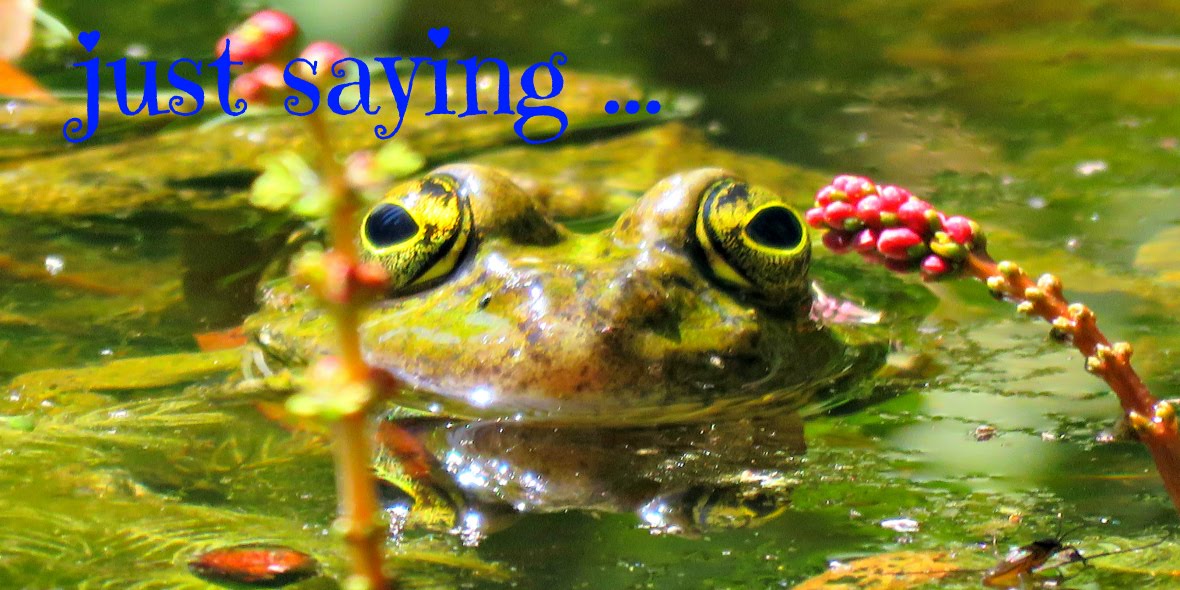Everyone who sews has bits left over when they cut out their patterns, and everyone who sews can put some pretty bias binding to really good use. Think of all the things you could trim with a little injection of colour in a fabric that you love ... . If, like me you, enjoy clashing colours and patterns, then this bias binding gig is totally for you.
Jazz up the neckline of a plain white T-shirt, or the edging of a pillow. Use it in your dress-making to add interest to your creations. The possibilities are endless, and it's always an especial delight when you get to use something that might otherwise be thrown away.
The thing about bias binding is that it has to be cut at 45º to the selvedge of the fabric. Woven fabric has threads that run lengthwise, parallel to the selvedge, the warp threads, and threads that run across the fabric at right angles to the selvage, the weft threads. If you pull it lengthwise or widthwise it's pretty sturdy; the warp and the weft are woven to work against one another, holding each other in place, and it doesn't stretch very much. If, however, you pull it at a 45º angle to the selvedge, the warp and the weft scissor up and down, and it stretches beautifully, which makes it perfect for edging curves or corners, around which it can be mitred.
I like to use a small repeating pattern, that will make sense in narrow strips. A larger pattern that didn't repeat regularly could work too, but would tend to produce a more irregular effect.
You need to start off by finding the selvedge, and drawing a line at a 45º angle to it. The trick is to try and do this in such a way as to maximise the material and produce the longest possible strip of binding. Given that we're working with irregularly shaped offcuts this may take a little bit of juggling.
One of my favourite possessions is my dressmaking pen with wash-away ink. I think I use it more than my scissors when I'm sewing!
Now that you've got your 45º line, draw another line, measuring out from it the width of the strip of binding that you'd like to use. I'm a big fan of 2" wide binding, so I draw a series of lines parallel to my 45º line, which will mark out the further 2" strips of binding that I'm planning on cutting.
Cut out the strips and join them together to make a long continuous strip of binding. For the joint you need to place the two strips, right sides together, at right angles to one another. Imagine that the overlapping parts of the two strips make a square - I've drawn in it with my favourite pen on the photo below to help with the explanation. Then draw a diagonal on that square as shown. This is going to be your sewing line for seaming the lengths together. Be careful that it comes to the very edge of both strips, otherwise your seam will distort the line of the finished binding.
I pin the strips, in place, draw the line and then sew along the diagonal.
This produces a seam with floppy bunny ear edges ...
... which have to be neatened up with a pair of scissors.
Press your seams flat, and magically your binding has grown like Topsy.
Now to get your binding into the folded-over form of standard bias binding you could fold it over on itself and iron a fold seam up the centre.
And then fold the edges in, wrong side to wrong side, so that they touch the fold seam in the centre by hand. This is quite easy to do with the broader bindings. I've done it this way in the past.
However, if you'd like to make life easier for yourself, you could get one of these binder-maker gizmos. I got a pack of them in various sizes on Ebay for a fiver, so they're not going to break the bank, and I'm impressed by how they speed the whole process up.
If you don't trim the long irregular tail that will come from cutting at a 45º angle to the selvedge from the end of your binding it will make it easy to feed the tape into the binder maker. You just tease it through the wide end, wrong side up, and straighten it so that it fills the feed-in groove without any twists or wrinkles.
Then gently draw it through, pressing it gently with an iron as it emerges from the other side.
The binder maker enables you to do this pressing stage much quicker than you'd ever be able to do it the old-fashioned way.
If you don't immediately have a project in mind for your binding, you can wind it around a toilet roll centre and hold it neatly in place with a pin - all ready to inspire your imagination one day soon.
All the best for now and happy sewing!

















No comments:
Post a Comment